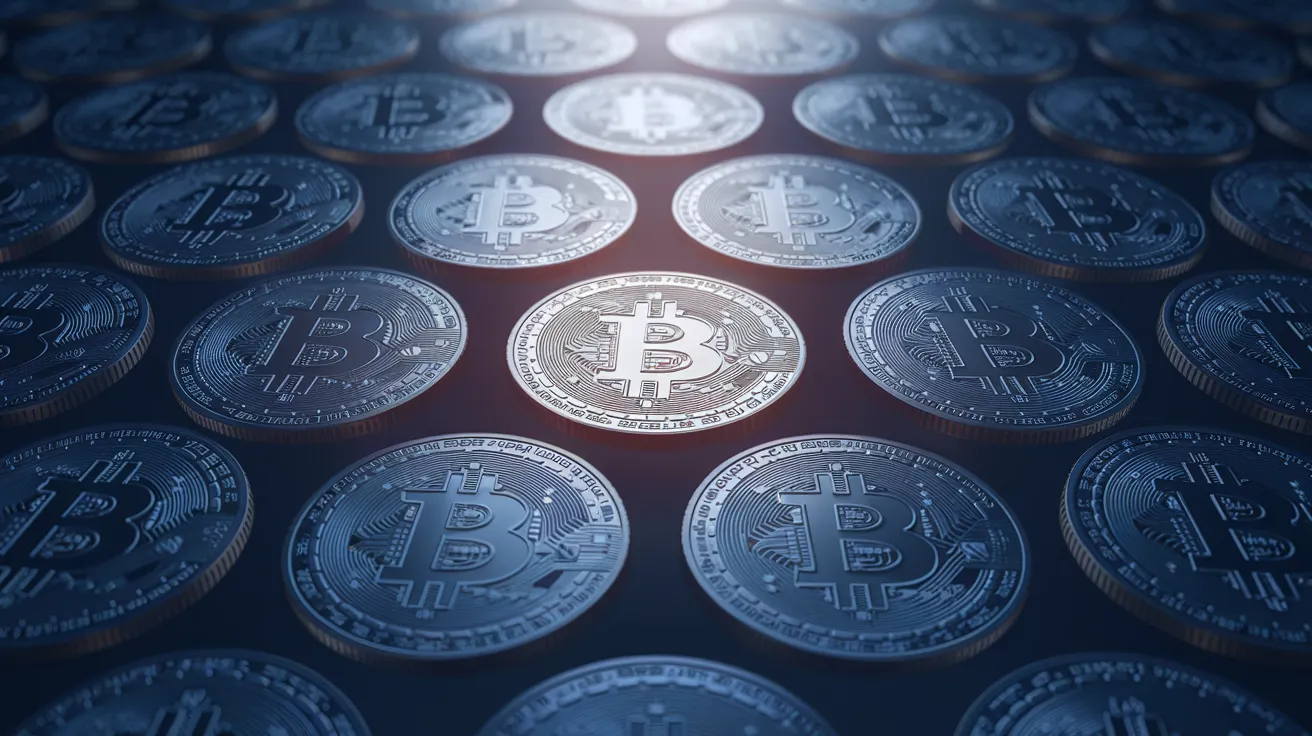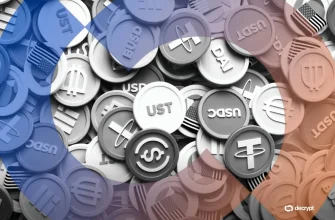
Bitcoin’s price surpassed $87,600 during Asian hours on Monday, its highest since April. As inflation fears continue, analysts say investors are shifting capital to hard assets.
The uptick was primarily due to "rising global liquidity, fueled by an expanding M2 money supply and a weakening U.S. dollar." Vincent Liu is the chief investment officer of Kronos Research. Decrypt. Money M2 is a form of money that’s a little less liquid than cash. It includes savings accounts, money market funds and other forms.
Bitcoin increased by approximately 3.6% on the previous day. Trade volume was at least 24.5 billion dollars, which outpaced other non-stablecoin currencies in Asia during trading hours.
Liu notes that financial conditions have loosened, allowing investor capital to “rotate into hard assets such as Bitcoin and gold."
Gold broke above the $3,400 per ounce level during Asia trading hours—a historical first. Trading Economics data shows that the gold price has gained 29% in value over the past year.
Bitcoin’s bottom has changed
These new highs come less than a month after President Donald Trump's so-called Liberation Day tariffs, which have caused a "sharp decline in overall asset prices," Ryan Yoon, lead research analyst at Tiger Research, told Decrypt.
It was during this period that "key market sentiment indicators such as the Fear & Greed Index and S&P 500 RSI(14) formed a bottom," Yoon said, adding that investors then began "looking for rebound opportunities and appeared to shift funds to Bitcoin," which he claimed brings "higher growth than gold."
Yoon’s relative strength index (RSI) tracks the market momentum. It’s most commonly used in 14-day periods to track how well a security—or, in this case, the S&P 500 index—has performed.
As reports of President Trump’s plans to replace Federal Reserve Chairman Jerome Powell surfaced, the U.S. Dollar Index, or DXY, plummeted to its lowest point since February 20, 22. The index fell by about 10% over the last three-month period.
Over this momentum, markets "achieved an initial recovery" after Trump's April 10th announcement of a 90-day tariff exemption for countries that have chosen not to retaliate. Buoyed by this factor, "on-chain indicators such as NUPL and MVRV-Z" showed improving conditions as well, Yoon said.
Investors need strategies "aligned with their risk tolerance and investment objectives," to prepare adjustments for what Yoon claims is a period of "short-term volatility."
Data from Coinglass show that institutional confidence is returning slowly, but steadily, as evidenced by Bitcoin ETF spot flows.
Last week, Bitcoin ETFs recorded $12.7 million in net flows, modestly reversing the previous week's negative outflows. The recovery is still the lowest level of weekly inflows for the year.
Asia Colour – 21 April 25
Bitcoin’s own resurrection took place on Easter Sunday, as it soared past $87,000 during the morning hours of Asia and clawed back some of the losses caused by Trump’s unexpected “Liberation Day announcement”. Unlike December’s quiet Santa Rally, this move had bite — $BTC…
— QCP (@QCPgroup) April 21, 2025
"The correlation between BTC, gold, and equities is one to watch closely," noted QCP Capital analysts in their April 21 Asia Color note. "The narrative of BTC as a safe haven or inflation hedge is once again gaining traction. Should this dynamic hold, it could provide a fresh tailwind for institutional BTC allocation."
Yet, analysts remain cautious in declaring the start of a new bull-run.
Such an assessment would "depend on the Fed's messaging at the May 6–7 FOMC meeting." Kronos Research's Liu told Decrypt. If the Fed opens with a dovish stance, this could "sustain inflows," while a "clear guidance on trade policy" could provide stability to the broader markets.
Stacy Elliott is the editor.


